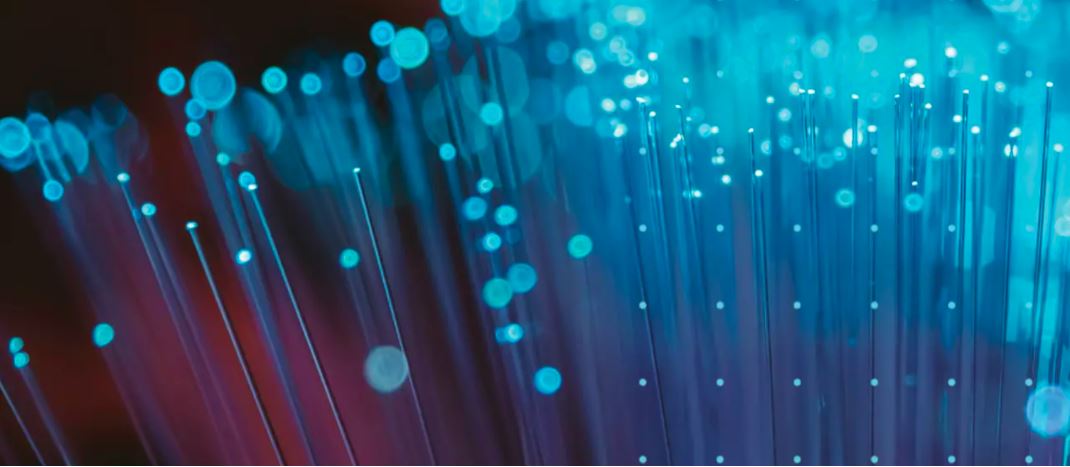 The majority of emissions come from three sectors: electricity generation, transportation and buildings. Steep increases in renewables will reduce electric sector emissions and power new loads from transportation and buildings. But the grid must undergo profound changes for this to occur.
The majority of emissions come from three sectors: electricity generation, transportation and buildings. Steep increases in renewables will reduce electric sector emissions and power new loads from transportation and buildings. But the grid must undergo profound changes for this to occur.
Electricity will drive global decarbonisation. The future grid must first be clean. No feasible, affordable path exists to replace gasoline with a carbon-free liquid fuel for vehicles, nor natural gas with a carbon-free alternative for cooking and heating. No path, that is, apart from electrifying vehicles and buildings, which is recognised as the lowest-cost, lowest-risk decarbonisation strategy.

Clean electricity will drive emissions reductions across the economy. Some renewable energy will still come from power plants, but those can be difficult to build, as can be the long transmission lines that bring power to users. By contrast, local renewables can provide clean, affordable power directly to customers more easily, making it decentralised.
The future grid will address key challenges: power outages and economic losses from extreme weather. With these events becoming more frequent and severe, maintaining the grid’s century-old, centralised architecture is a costly proposition. It must be resilient.
With renewables, growth and variation in electricity services as well as significant unpredictability in supply and demand, the grid must become dynamic. And in order for that grid to function, it must be smart.
That’s where artificial intelligence (AI) comes in.
Thank you for reading this post, don't forget to subscribe to our AI NAVIGATOR!
How AI will transform and ‘clean up’ the grid
On an increasingly complex future grid, the number of decisions will far exceed human and conventional digital automation capabilities. There’s already automation on today’s grid, but automation can only go so far. Fully enabling a future grid and maximising its benefits will require AI. Ultimately, AI will transform the grid from an aging supplier of commodity electricity to an intelligent “system of systems” that produces optimised outcomes. […]
Read more: www.weforum.org


How AI is transforming decarbonising: The world’s energy systems are changing. Driven by strong demand for clean energy and mounting impacts from climate-driven extreme weather, entities around the world are setting ambitious goals to reduce emissions from the fossil fuels that have powered economic growth for over a century.
Copyright by www.weforum.org
How will the grid decarbonise?
Electricity will drive global decarbonisation. The future grid must first be clean. No feasible, affordable path exists to replace gasoline with a carbon-free liquid fuel for vehicles, nor natural gas with a carbon-free alternative for cooking and heating. No path, that is, apart from electrifying vehicles and buildings, which is recognised as the lowest-cost, lowest-risk decarbonisation strategy.
Clean electricity will drive emissions reductions across the economy. Some renewable energy will still come from power plants, but those can be difficult to build, as can be the long transmission lines that bring power to users. By contrast, local renewables can provide clean, affordable power directly to customers more easily, making it decentralised.
The future grid will address key challenges: power outages and economic losses from extreme weather. With these events becoming more frequent and severe, maintaining the grid’s century-old, centralised architecture is a costly proposition. It must be resilient.
With renewables, growth and variation in electricity services as well as significant unpredictability in supply and demand, the grid must become dynamic. And in order for that grid to function, it must be smart.
That’s where artificial intelligence (AI) comes in.
Thank you for reading this post, don't forget to subscribe to our AI NAVIGATOR!
How AI will transform and ‘clean up’ the grid
On an increasingly complex future grid, the number of decisions will far exceed human and conventional digital automation capabilities. There’s already automation on today’s grid, but automation can only go so far. Fully enabling a future grid and maximising its benefits will require AI. Ultimately, AI will transform the grid from an aging supplier of commodity electricity to an intelligent “system of systems” that produces optimised outcomes. […]
Read more: www.weforum.org
Share this: